By Eric T. Baker
This month the games are mostly in the near present and they are mostly fighting down the barrel of a gun. First up is Conflict: Denied Ops from Eidos for the PC, Xbox 360, and PS3. This is a CIA buddy commando game set in the present day. Yes, there really is such a thing as a genre of buddy games just as there are buddy movies, and in this one the two buddies are CIA commandos tasked with doing wet work around the globe when the government needs some deniability.
The buddies are Graves and Lang. Graves is the white guy with the sniper rifle and Lang is the black guy with the machine gun. In the single-player game, the player can switch between them at the press of a button. There is a context-sensitive command mechanic that lets the player command the other character to take up position or attack an enemy or get in a vehicle or use a special ability, but in most situations, the player is better off switching from one character to the other as he needs the weapons or skills.
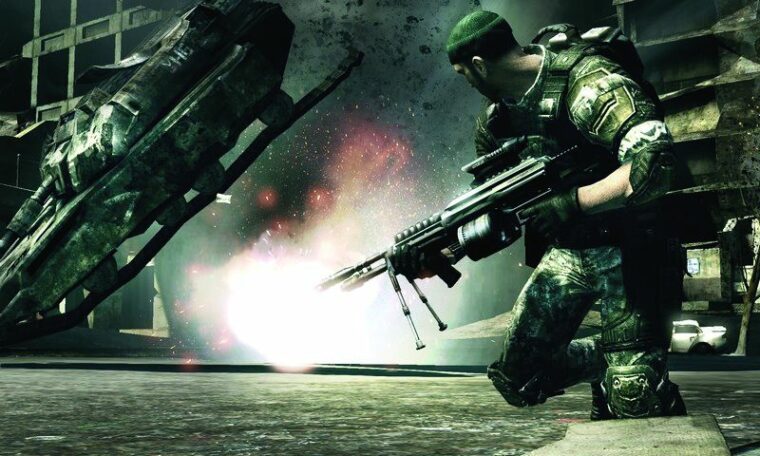
The game starts in a monastery in Venezuela and then gives the player the choice of completing missions to the Sveta Archipelago, Rwanda, or Siberia in any order. The buddies’ weapons get upgraded before each mission so that the last mission done, whichever one it is, is actually easier than the first one done. While the switching mechanic is nice and often handy, the game really deserves to be played in its co-op mode with another player either in split screen or over the Internet. Shooting through a murderers’ row of terrorists and gangsters is just more fun with a real buddy than with a virtual one.
Set in the very near future where a peak oil disaster and a flu pandemic have made oil so precious that a world war has broken out over the remaining supplies, Frontlines: Fuel of War from THQ for the PC and Xbox 360 has players take the role of an elite infantryman, one of the “Stray Dogs,” battling for the Western Coalition against the Red Star Alliance. The single-player game contains seven different locations. The battles take the form of objectives that the player must complete to advance and finally win the level. Sometimes a position on the battlefield must be taken and held, sometimes an enemy hard point has to be taken down.
What F:FoW will remind players of is Counter Strike. There are more objectives and a lot more weapons plus both land and air vehicles, but in play it feels like the iconic multiplayer game. Even in the single-player campaign, when the player’s character is killed, he is dumped to a loading screen where he can pick his loadout, and then he respawns at either a base point or one of the captured objective points. Similarly, there is no “path” to how the levels must be fought. The players can go anywhere on the map and meet the objectives in any order. In the single-player game, they are aided by a constantly regenerating army of computer-controlled teammates. In the multiplayer game, these teammates are fewer, but they are controlled by humans.
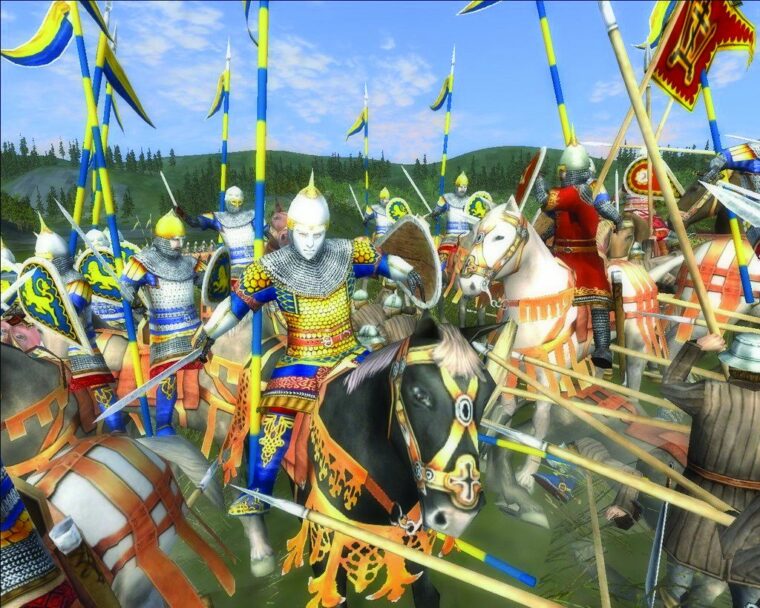 T
T
here is nothing wrong with F:FoW’s open battlefields and respawning gameplay as the success of CS and many games that have borrowed from it demonstrates. It simply provides less connection to the player’s character than does a more linear game like C:DO where the player sticks with and grows a single- (or double-) named character.
Whatever its similarities to other games, the thing that does make F:FoW different is its drone units. Mobile guns, robot helicopter rocket drones, and others let the players extend the range of their firepower without placing their character in danger. Whether in single or multiplayer, these robot units definitely enhance the gameplay.
Of course, looking down a gun barrel isn’t how anyone wants to play every game. For a chance to be a virtual general and to fight some true battles from history, there is XIII Century: Death or Glory for the PC from the 1C company. Set, oddly enough, during the 13th century in Europe, the game is a real-time tactical game where the player commands historical units in the battles they actually fought.There are five campaigns (England, France, Mongolia, Germany, and Russia) with six battles in each. There is also a battle creation feature so that players can set up their own fights.
What the game looks like is the Total War series. The units are fully rendered in 3-D with careful attention to their historical dress, weapons, and particularly their heraldry. This was the great era of knights and the artists render their color and plumage in loving detail, particularly on the historical characters, such as Edward I and Alexander Nevsky, who appear in the game. The controls are easy to use and the engine lets hundreds of figures fight on screen at once. For players looking to battle in this era, against the computer or online against people, without the distraction of a strategic overlay, XIII:DoG is a great way to do it.
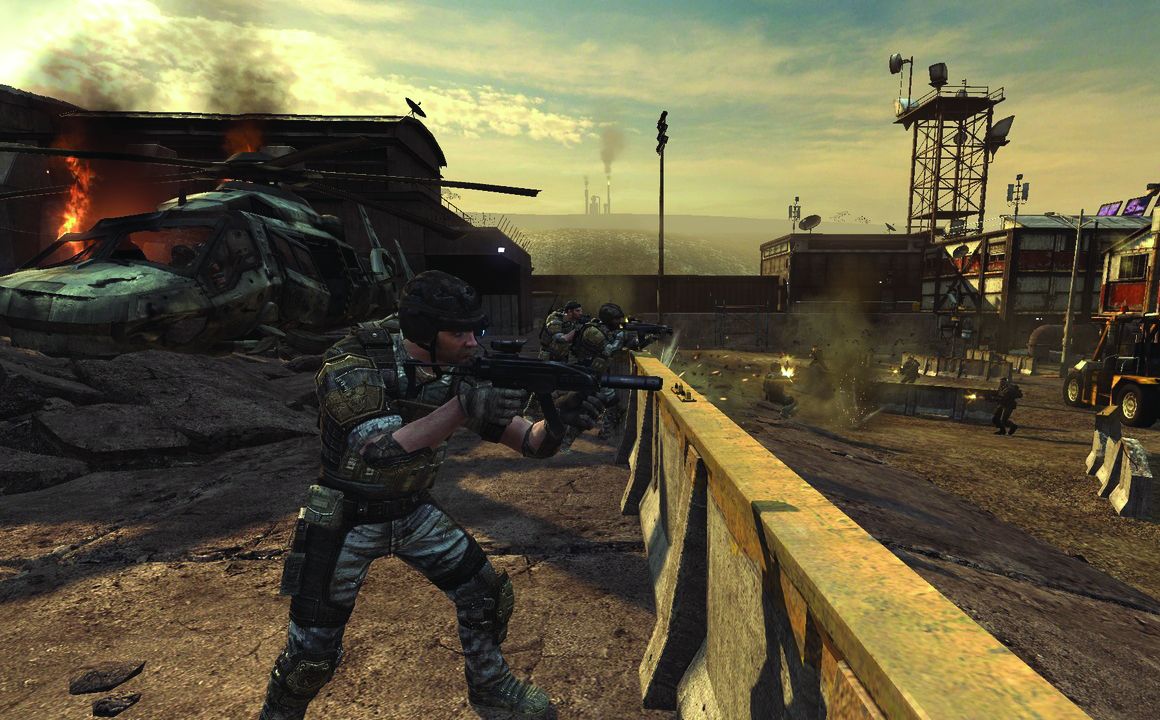
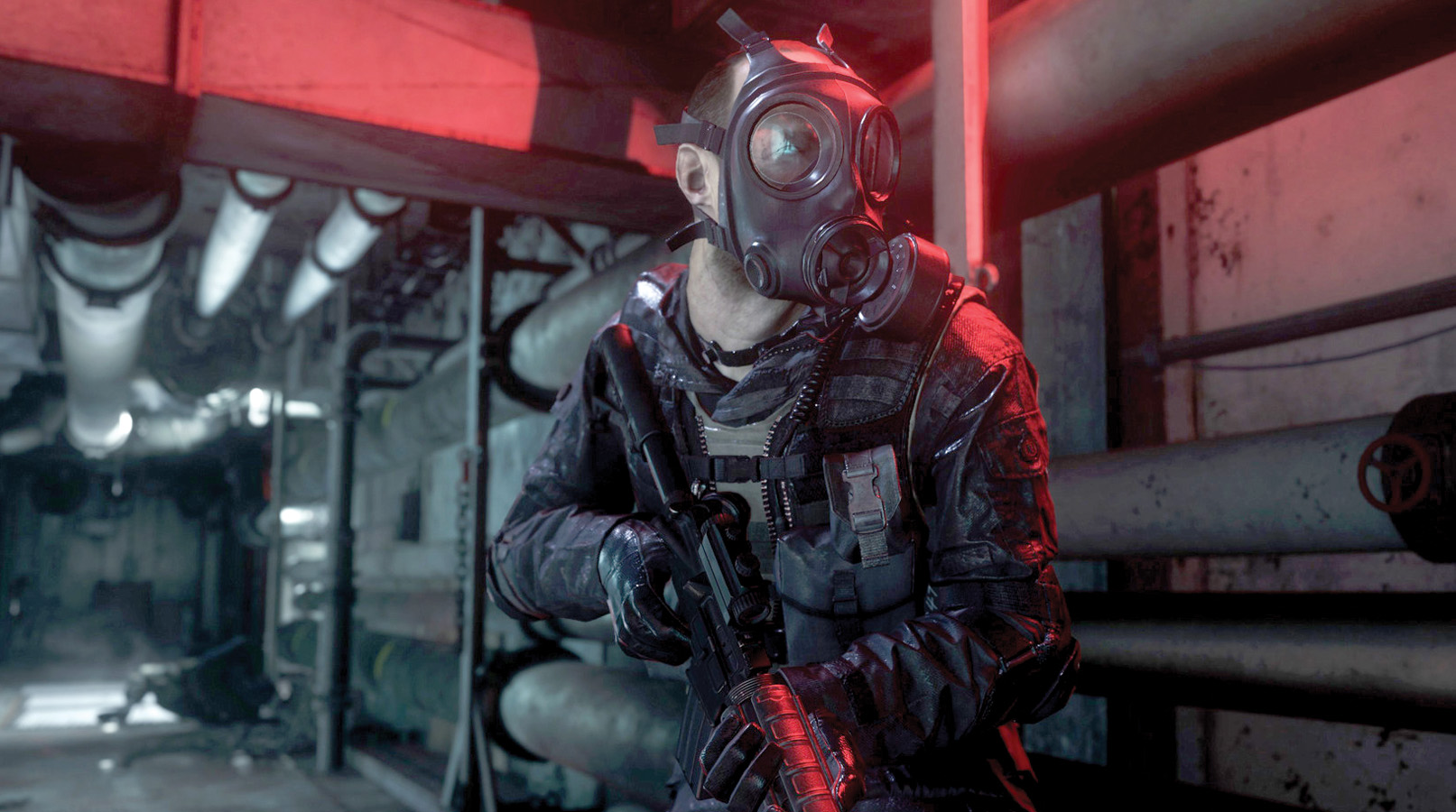
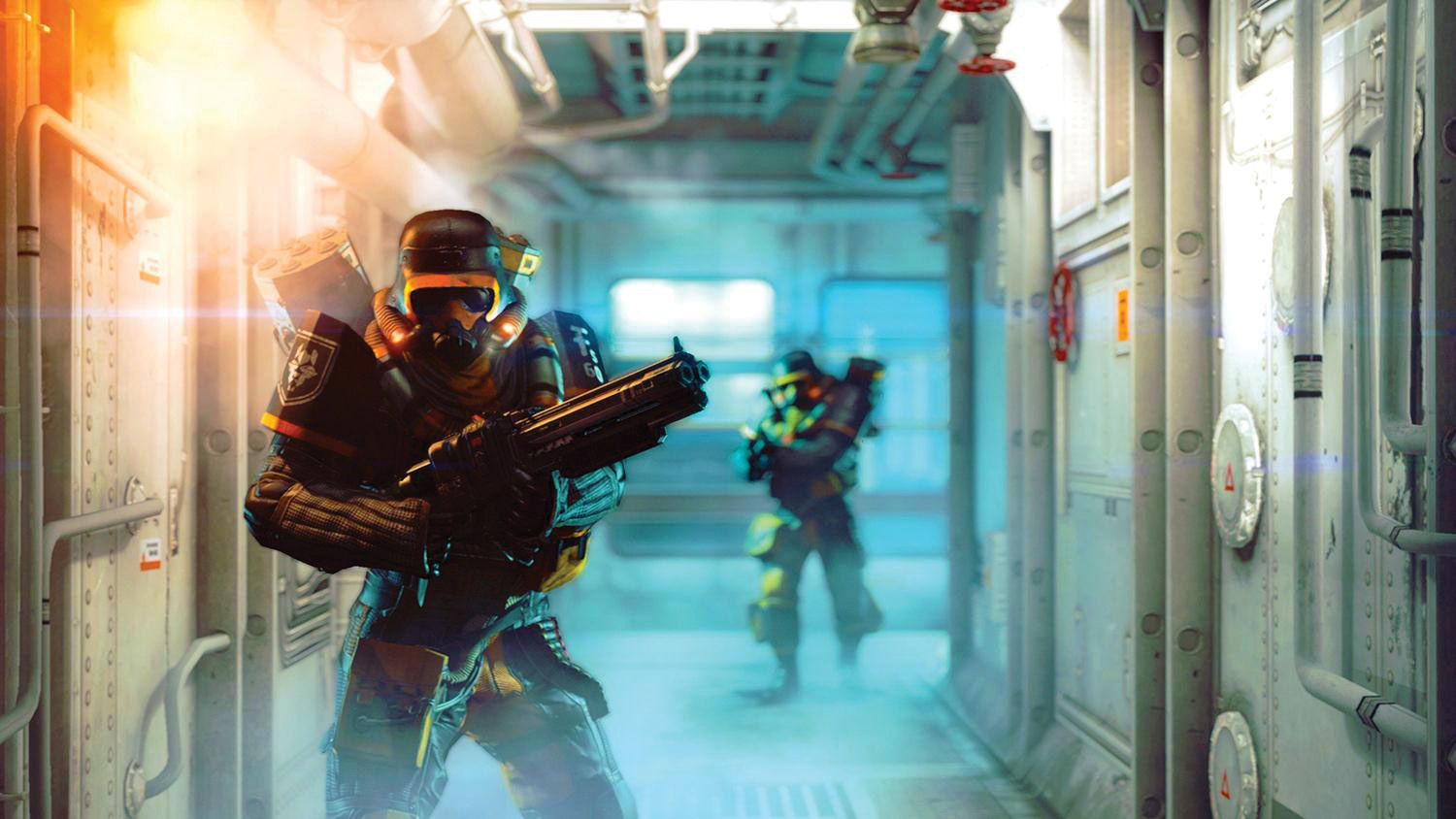

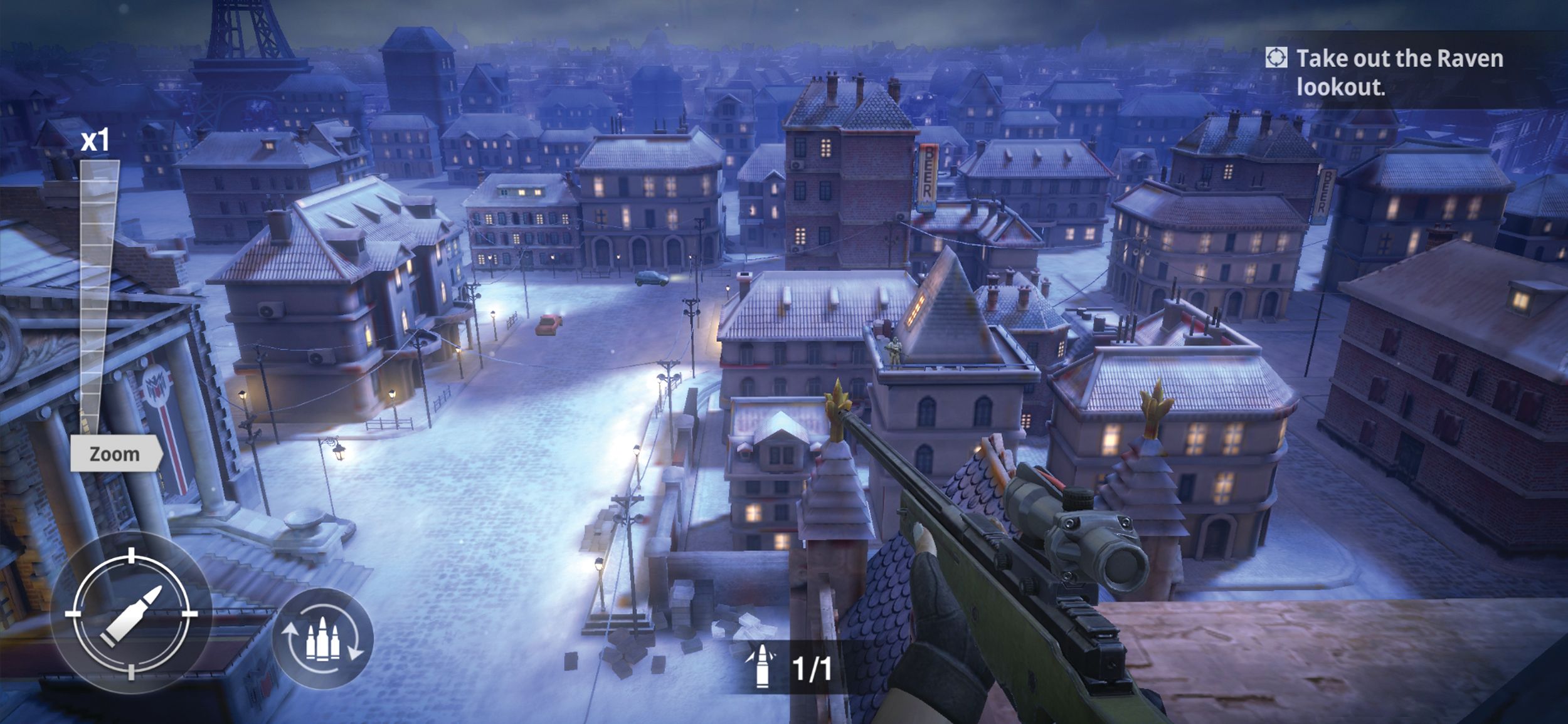
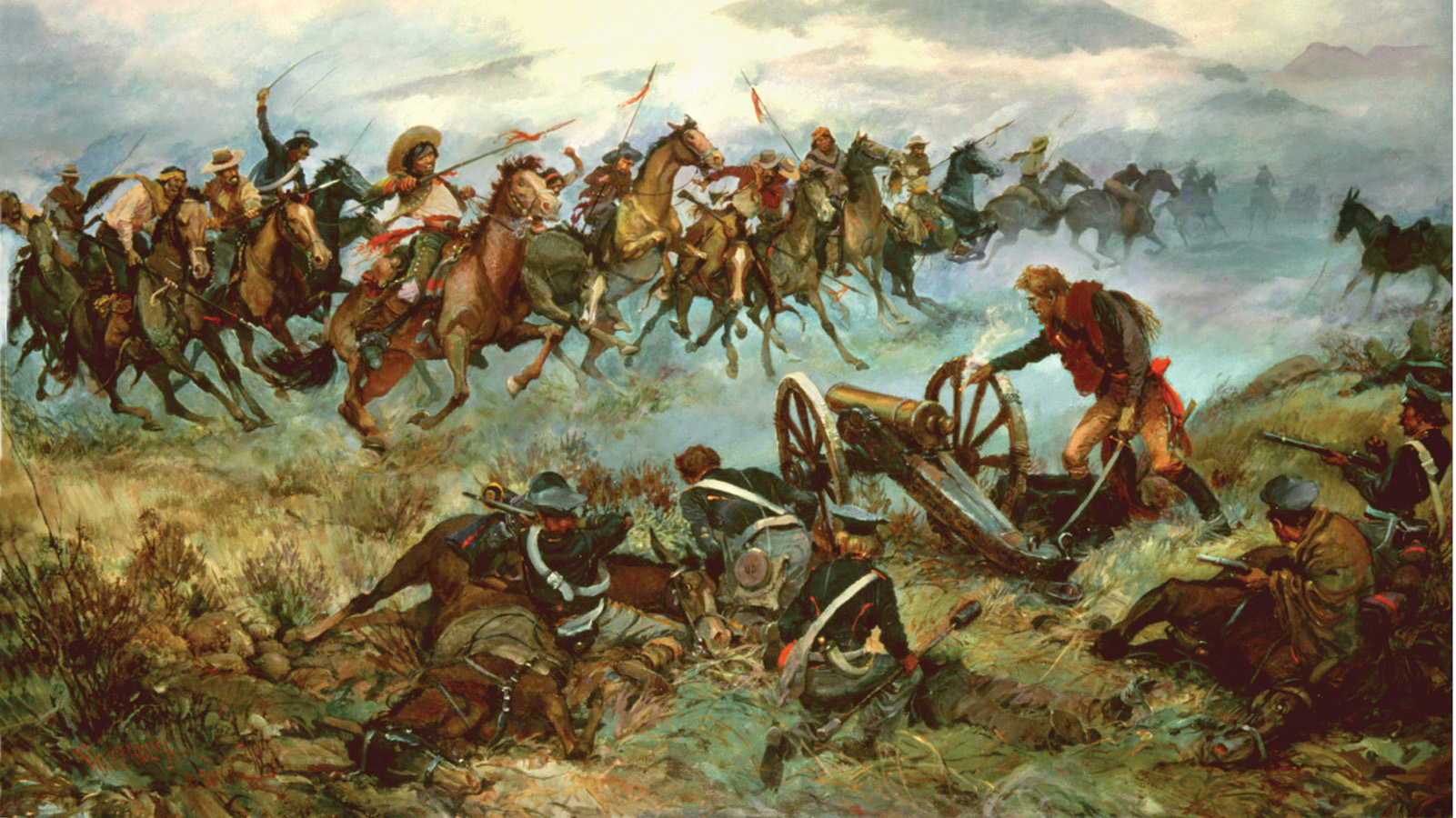
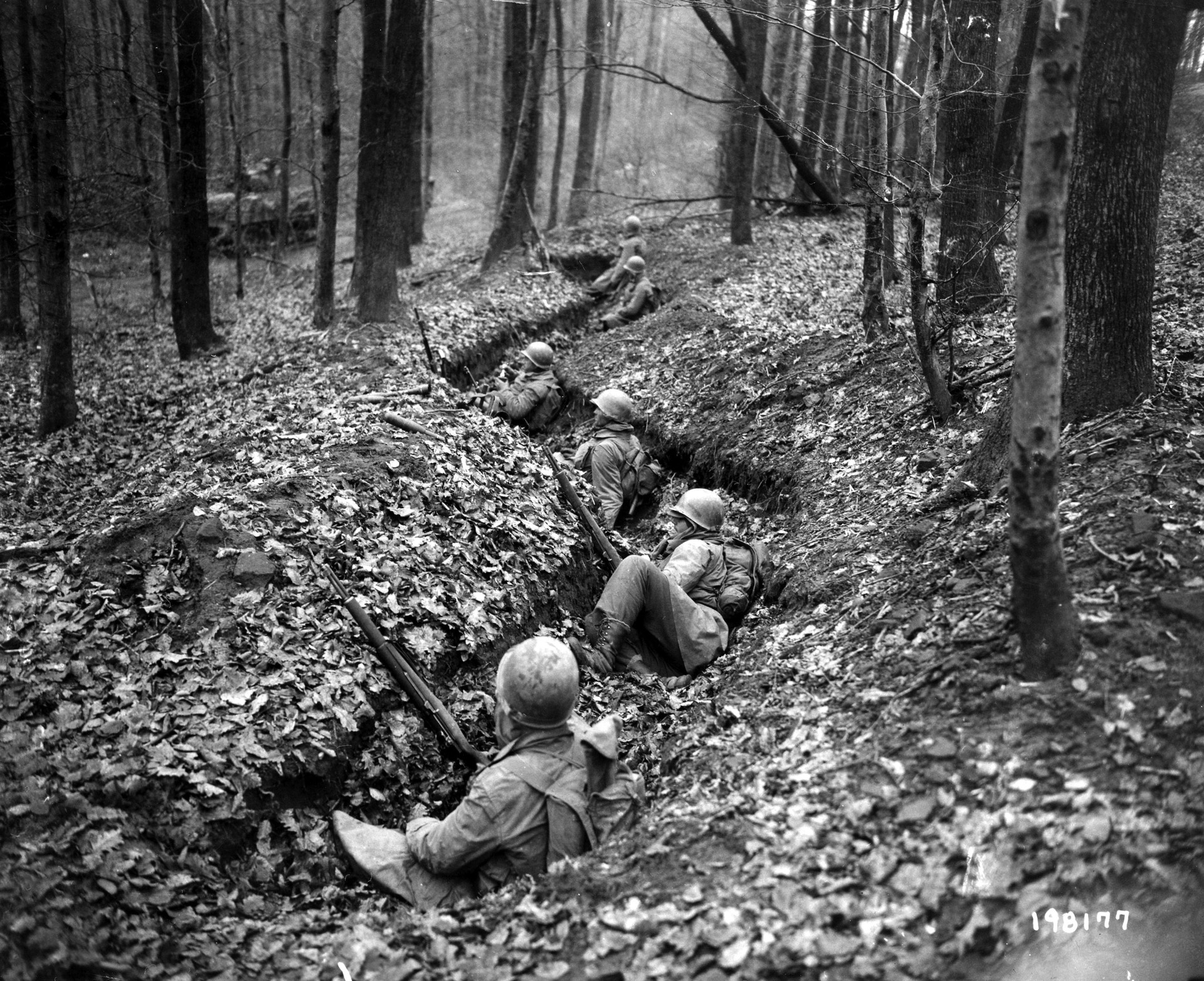
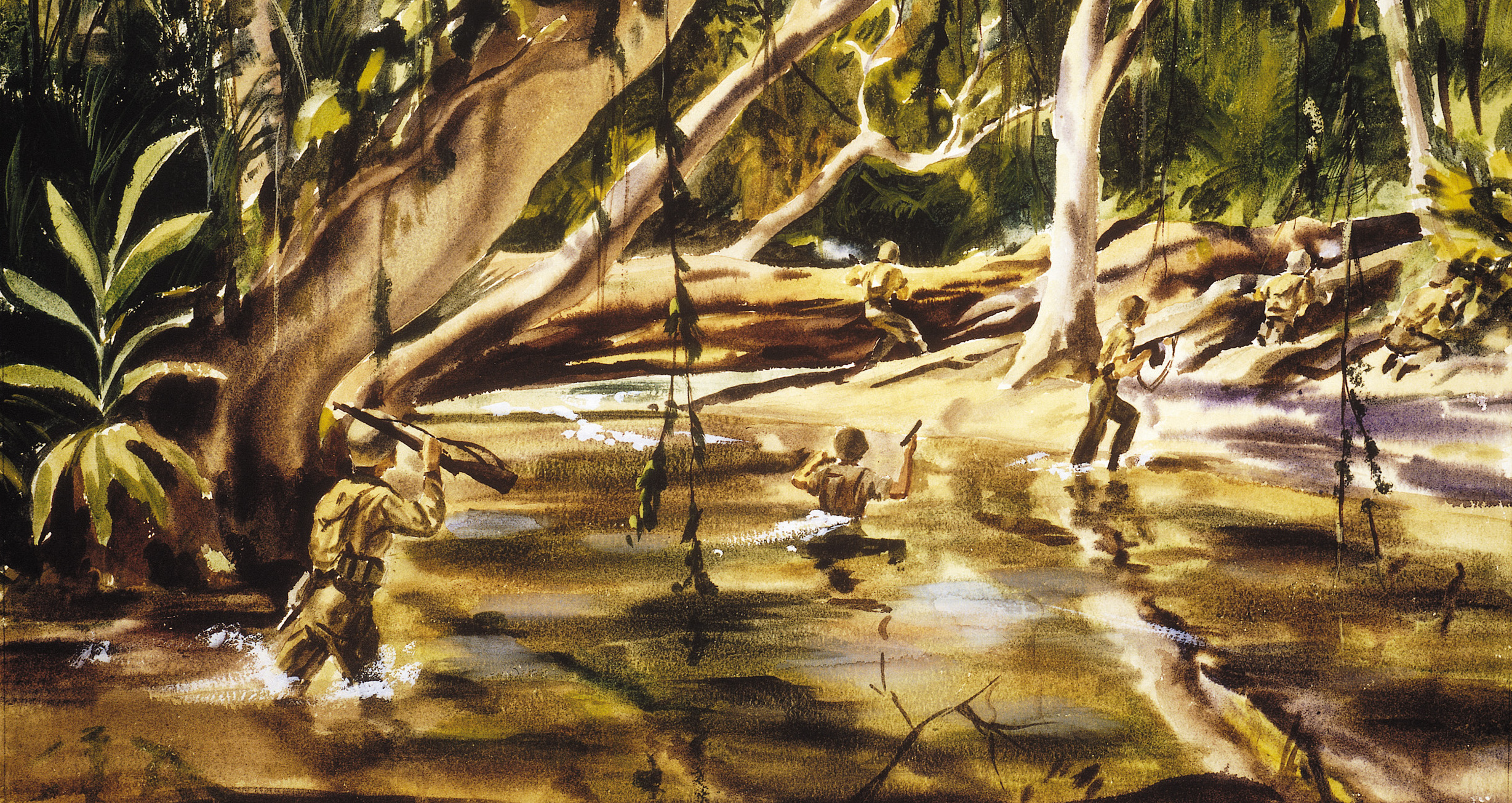
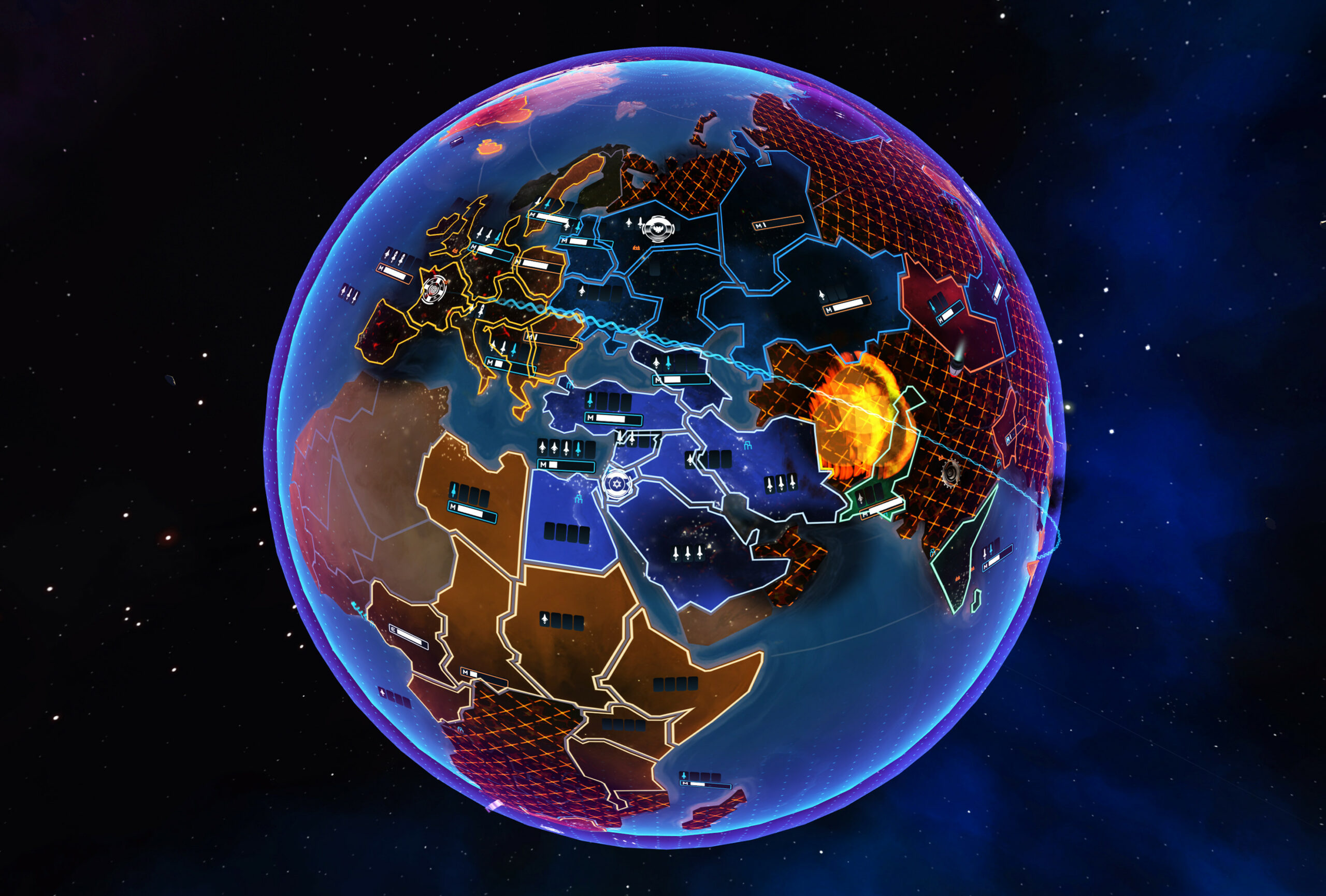
Join The Conversation
Comments
View All Comments